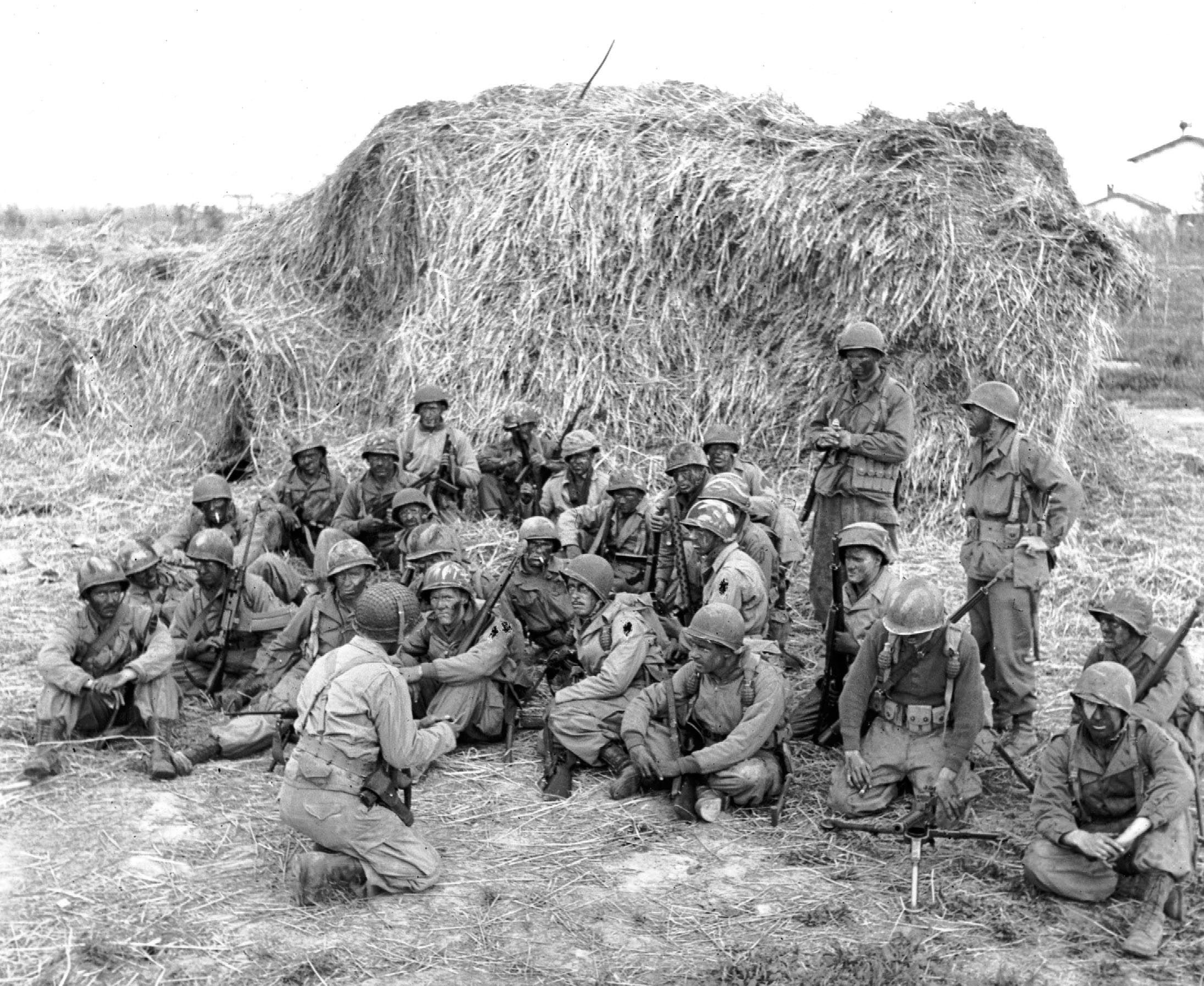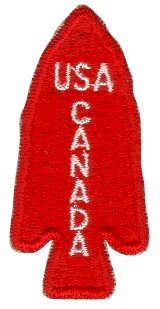It was the only time North American soil was occupied by the enemy during the Second World War, and something had to be done.
The place in question is Kiska, a desolate, eight-kilometre-wide piece of rock that sits on the border between the North Pacific and the Bering Sea, a part of Alaska’s Aleutian Islands.

The Japanese had invaded the island just over a year before, and now it was time to get them off. The First Special Service Force (FSSF) was a combined American and Canadian unit commonly known as the Devil’s Brigade; and also a unit from which the modern Canadian SOF draw their heritage. It was their job to lead the way onto the island and trade the first blows in what was expected to be a very costly fight.

One small problem: the Japanese weren’t on the Island any more.
It’s not exactly anyone’s fault. The Allies had created a strong naval blockade around Kiska which would have made escape difficult; and beyond that the Japanese had shown a desire to fight to the death before, giving few indications they were going to flee. Still though, what ended up happening was tragic.
On Aug. 15, 1943, the U.S. 7th Division and Canada’s 13th Infantry Brigade, led by the FSSF, went ashore on opposite sides of the island. In heavy fog and rain, the combined Canadian and American force spent a couple of days fighting what they thought was a determined enemy.
In total, 28 Americans and four Canadians died in the fight, with 191 others lost and never found on the Island, and four more killed by landmines or booby traps.
The Japanese had sneaked through the blockade two weeks before.
It was called Operation Cottage.
Receive Front lines directly to your inbox. Sign up for FREE to our weekly newsletter!
Advertisement












